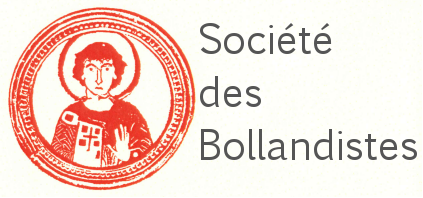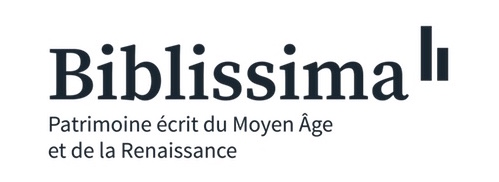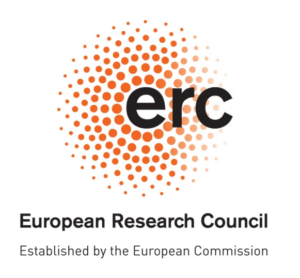Pinakes | Πίνακες
Textes et manuscrits grecs
Résumé :
The article examines a selection of hymns of potentially Byzantine origin in the eighth-to-tenth-century manuscripts of the New Tropologion, which was the hymnal of the Anastasis cathedral of Jerusalem and in churches that followed its rite. Such adoption in the rite of Jerusalem represented a Byzantine influence before the wave of liturgical Byzantinisation that started in the late ninth and tenth centuries. For the first time, three versions of the New Tropologion are studied together: the Greek original and the Syriac and Georgian translations. The Greek Tropologion Sinai MS NE MΓ 56+5 is the primary material, compared with Sinai MS Syriac 48 and several Georgian New Iadgari manuscripts from Sinai. The study identifies one certain Byzantine element in the New Tropologion: parts of the feast of St. John Chrysostom, archbishop of Constantinople, and several probable Byzantine elements: the interpolation of the second ode in three canons by Kosmas of Jerusalem and one by John, and parts of the stichera series Aἱ ἀγγελικαὶ προπορεύεσθε δυνάμεις attributed to Romanos the Melodist. By contrast, the interpolated ode 1 in Kosmas’ canon for Great Saturday seems to be of Palestinian origin, and therefore not a Byzantine loan, contrary to traditional views. The article shows that there is considerable variation between the different versions of the New Tropologion.| Villes | Dépôts | Fonds | Cotes | Type | Commentaire | Tome | Pages |
|---|---|---|---|---|---|---|---|
| Sīnāʾ | Μονή της Αγίας Αικατερίνης | ΝΕ gr. | ΜΓ 005 | Études sur le manuscrit | passim | ||
| Sīnāʾ | Μονή της Αγίας Αικατερίνης | ΝΕ gr. | ΜΓ 056 | Études sur le manuscrit | passim |







